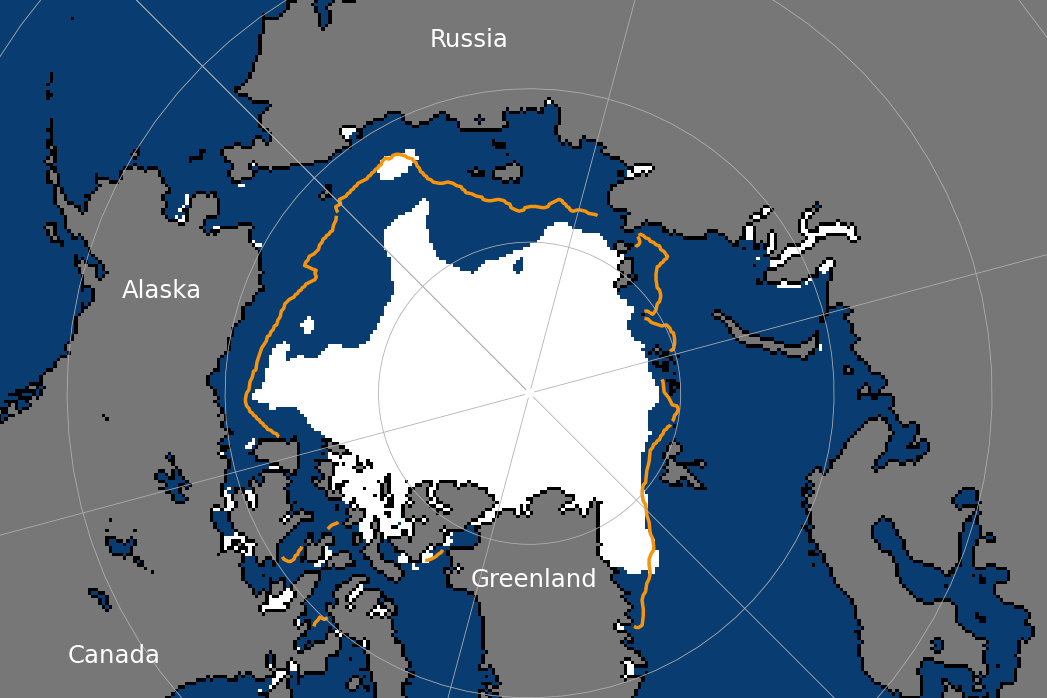This year’s Arctic sea ice minimum extent is tied for tenth lowest on record
The ice extent this year is tied with figures from 2017 and 2018.

Arctic sea ice reached its yearly minimum extent earlier this month, at about 1.8 million square miles (4.67 million square kilometers), according to preliminary estimates from scientists at the National Snow and Ice Data Center that track sea ice.
That ties 2022 for the tenth lowest extent since satellite records were kept, with 2018 and 2017 also seeing similar minimums. Though that’s far from a record low, the NSIDC notes that “16 of the lowest minimums have all occurred in the last 16 years,” and the ice extent remains on an overall downward trend.
Sea ice extent is a measure of ocean area with at least 15 percent sea ice cover, and doesn’t include other measurements, such as the age or thickness of the ice. The 2022 Arctic sea ice maximum, reached in late February, was also the tenth lowest on record, and winter maximums are also on a downward trend.
Though the annual minimum marks the beginning of winter freeze-up, Arctic shipping routes, including the Northern Sea Route and parts of the Northwest Passage, are still open “and will likely remain so for several more weeks,” the NSIDC wrote in an earlier assessment. The Northern Sea Route, which lies along Russia’s coast, has played host to several Russian military exercises in recent weeks, but has seen a drop in shipping traffic from foreign companies as Russia has been isolated following its invasion of Ukraine.